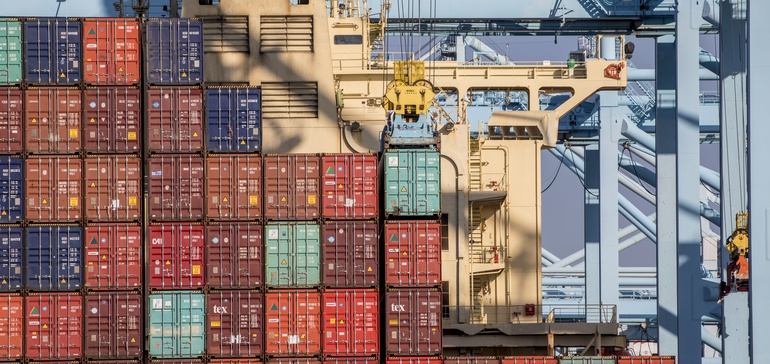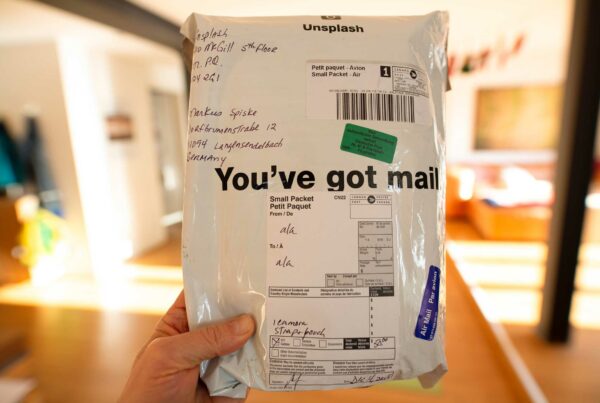
Dive Brief:
- Port of Los Angeles import volume increased more than 25% YoY in November, which placed a strain on equipment availability and held dwell times at elevated levels, Port of Los Angeles Executive Director Gene Seroka said Tuesday in a media briefing.
- “Container dwell time at terminals remains at about five days, double what it was before the import surge started this summer,” Seroka said. “Street dwell time — waiting for warehouse or store space — is now at 6.3 days compared to 7.1 just last month, an improvement over October.” The port is working with its partners to get this closer to 3.5 days, where it was before the surge, he said.
- The uptick in imports is expected to continue through December, with weekly volume in the last three weeks of the month averaging a more than 60% YoY increase in imports, according to the port’s Signal forecast.
Dive Insight:
The level of imports flowing into ports is unseasonably high. Peak season for ocean shipping would normally be in the rearview mirror by the middle of December.
“It is unusual to see this kind of important volume so late in the year,” Seroka said. “As we all know, 2020 has been anything but normal.”
Freight forwarder Air Tiger Express posted a video to LinkedIn showing 25 container ships idling off the Southern California coast.
“Congestion is getting critical in [Los Angeles and Long Beach] ports,” Jason Flores, vice president of ocean product, marketing and development at Air Tiger Express, wrote in a post, adding that vessels face at least a week delay getting into the ports. FourKites data also showed above-average berth times at the Port of Los Angeles.
Seroka acknowledged the line of ships waiting to dock at the port during the media briefing, saying it was a sign of “the sheer amount of traffic” the port is facing. During December, the average vessel is spending four days at anchor before docking, he said.
The port is working with the toy industry to ensure holiday shipments receive priority and “make it under the tree before Christmas,” Seroka said.
“With this unprecedented amount of cargo volume moving so close to the holidays, we are essentially in a triage situation,” he said. “If there’s something we can do to help prioritize goods, find or move a box that will assist a customer or consumer, we’re going to do it.”
Seroka also noted that a plan to provide financial incentives to cargo terminals for decreased dwell time and increased dual transactions is moving forward. The port’s proposal would set aside $8 million for the initiative and will be presented to the Harbor Commission next month, he said.
West Coast port congestion is driving some shippers to East Coast ports, which are similarly seeing an increase in cargo volume. Imports at the Port of Virginia increased 21% YoY in November.
“We are already seeing the booking demand skyrocket in Asia for East Coast space,” Flores wrote.






